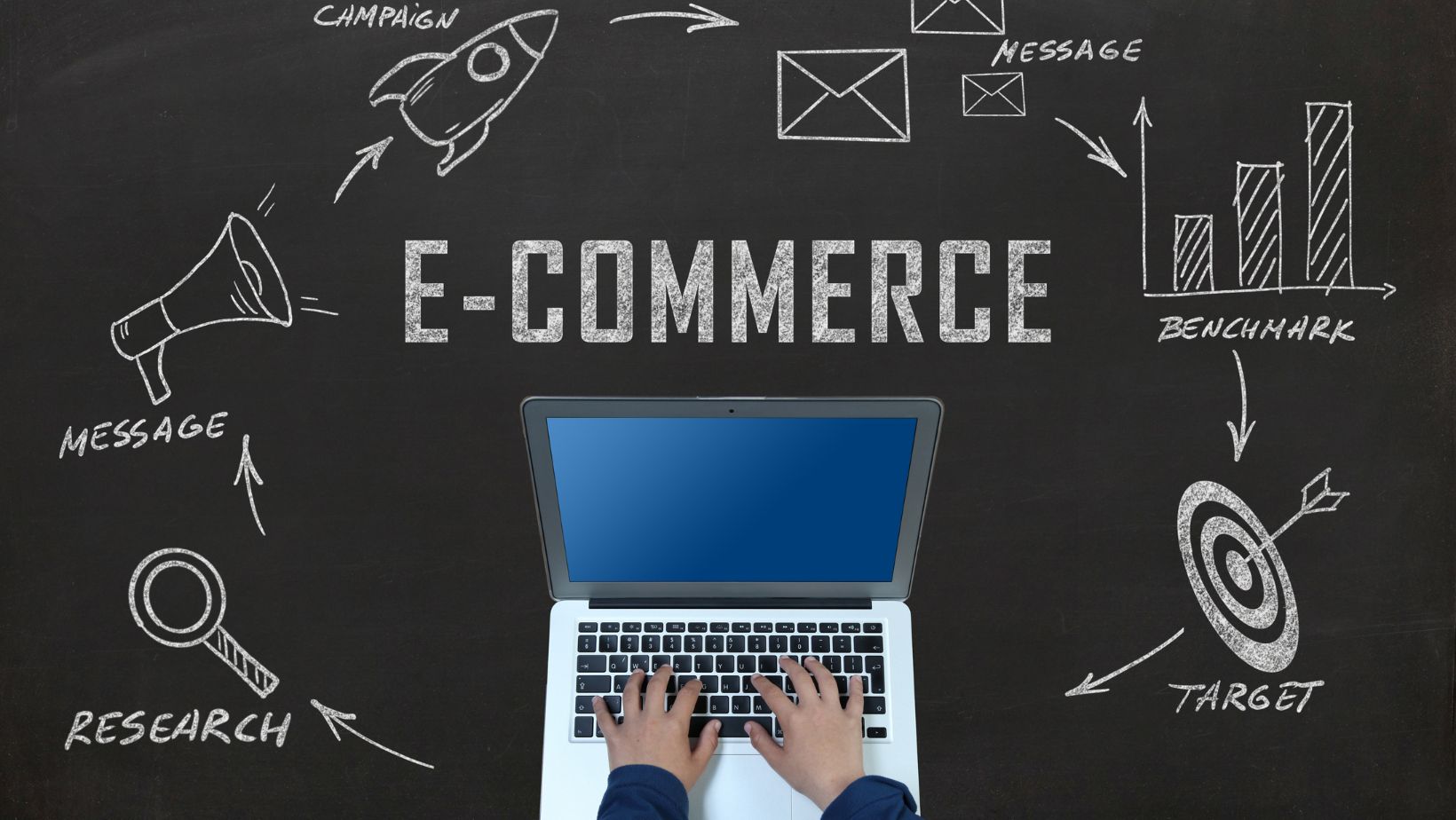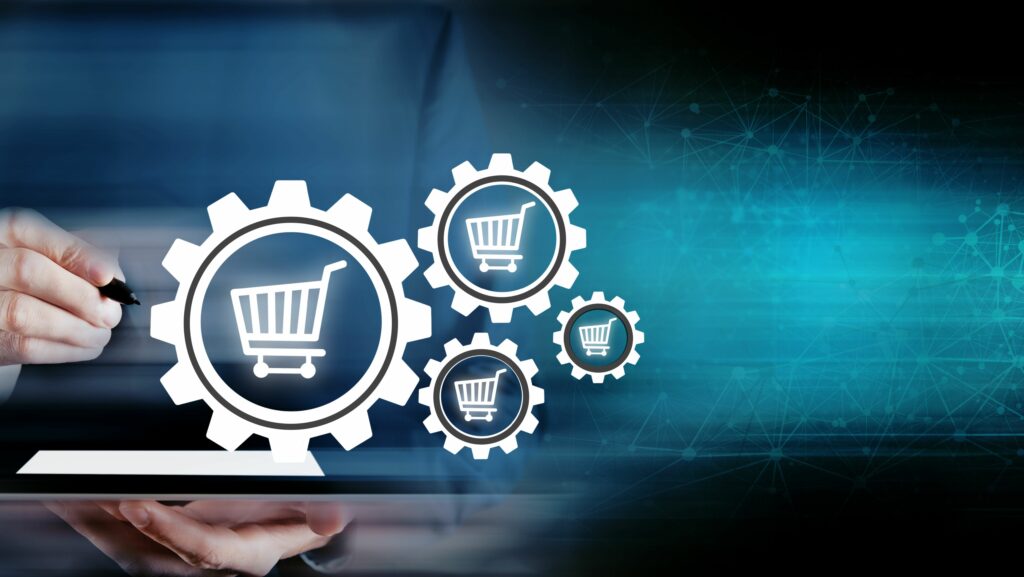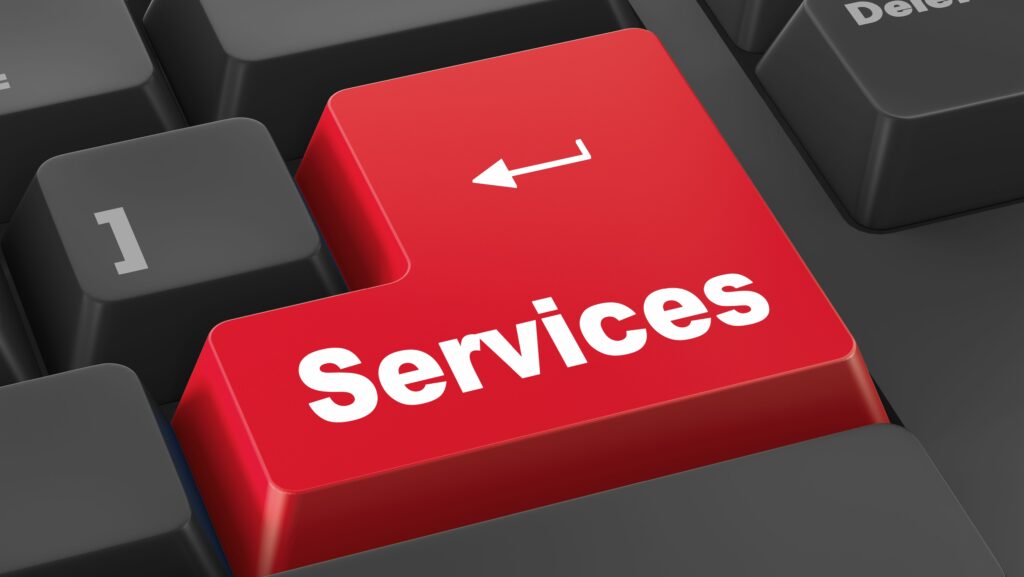In 2024, global ecommerce sales are expected to surpass $6.3 trillion, with over 2.6 billion people making purchases online. At the same time, over 60% of consumers now expect same-day, next-day, or two-day delivery. These numbers reveal a stark reality: speed, accuracy, and convenience are no longer perks—they’re requirements.
To meet this growing demand, businesses are turning to technology to modernize their fulfillment processes. From robotics and automation to AI and real-time data tools, tech-driven fulfillment is transforming how products are stored, picked, packed, and delivered. It’s not just about keeping up; it’s about staying ahead.
The Shift to Smarter Fulfillment
Traditional fulfillment systems—reliant on manual processes and siloed software—struggle to keep up with modern ecommerce pressures. With delivery windows shrinking and competition rising, companies can no longer afford inefficiencies or errors in their logistics networks.
Enter tech-driven fulfillment. By integrating advanced technologies, businesses are creating smarter, more agile systems that respond quickly to shifting demand and customer preferences. These innovations not only boost speed and accuracy but also reduce labor costs and operational waste.
Automation in the Warehouse
Warehouse automation is one of the most visible signs of this shift. Robotics, conveyor systems, and automated guided vehicles (AGVs) are increasingly used to streamline tasks such as picking, packing, and sorting. These machines work alongside human workers, taking on repetitive or physically demanding tasks, which allows staff to focus on value-added roles.
Automated storage and retrieval systems (AS/RS) have also become more popular in fulfillment centres, especially those dealing with high volumes of SKUs. These systems can retrieve products quickly and precisely, enabling faster order processing and reducing the footprint required for storage.
Artificial Intelligence and Predictive Analytics
AI is playing a critical role in optimizing fulfillment operations. Machine learning algorithms can analyze historical order data, customer behavior, and inventory trends to forecast demand with high accuracy. This predictive power enables better inventory planning, ensuring that popular items are always in stock and reducing overstocking of slow-moving products.
AI is also used in route optimization software to enhance last-mile delivery. By factoring in traffic patterns, weather conditions, and delivery windows, these tools help drivers choose the fastest, most efficient paths—cutting down delivery times and fuel costs.
Real-Time Inventory Visibility
One of the biggest challenges in fulfillment is maintaining accurate inventory data. Mistakes in stock levels can lead to missed sales opportunities, order cancellations, and customer dissatisfaction.
Tech-driven solutions like RFID (radio-frequency identification) and IoT (Internet of Things) sensors provide real-time inventory visibility across warehouses and retail locations. These technologies ensure that the inventory system is always up to date, reducing errors and allowing for more agile responses to changing demands.
Cloud-Based Fulfillment Platforms
Cloud computing has made it easier for businesses to manage complex fulfillment operations. Cloud-based platforms integrate seamlessly with ecommerce systems, customer service portals, and third-party logistics providers. This centralization improves communication, provides real-time order updates, and simplifies multi-channel fulfillment.
These platforms also offer scalability, allowing businesses to expand into new markets or add new product lines without overhauling their entire logistics infrastructure. Whether fulfilling orders from a local warehouse or managing returns from a distant region, cloud-based tools provide the flexibility today’s market demands.
Meeting Sustainability Goals
Sustainability is no longer optional—consumers expect environmentally conscious fulfillment practices. Technology supports these goals by improving route efficiency, minimizing packaging waste, and enabling better forecasting to avoid unnecessary shipments.
 Electric delivery vehicles, automated packaging solutions that use just the right amount of material, and warehouse energy management systems are all part of the tech-driven sustainability push. These advancements help companies reduce their carbon footprint while maintaining customer satisfaction.
Electric delivery vehicles, automated packaging solutions that use just the right amount of material, and warehouse energy management systems are all part of the tech-driven sustainability push. These advancements help companies reduce their carbon footprint while maintaining customer satisfaction.
Enhancing Customer Experience
Ultimately, the goal of tech-driven fulfillment is to improve the customer experience. With faster delivery, accurate tracking, and consistent service, businesses can build stronger relationships and earn repeat purchases.
Customers benefit from real-time notifications, flexible delivery options, and hassle-free returns—features made possible by advanced fulfillment technologies. By delivering on these promises, brands can stand out in a crowded ecommerce space.
Final Thoughts
Tech-driven fulfillment is no longer a competitive advantage—it’s a necessity. As customer expectations continue to rise and ecommerce grows more complex, companies that fail to invest in modern fulfillment technologies risk falling behind.
From robotics and AI to cloud software and IoT, these tools are revolutionizing how products move from warehouse to doorstep. Businesses that embrace this shift can not only meet modern delivery demands but also position themselves for long-term growth and customer loyalty.



